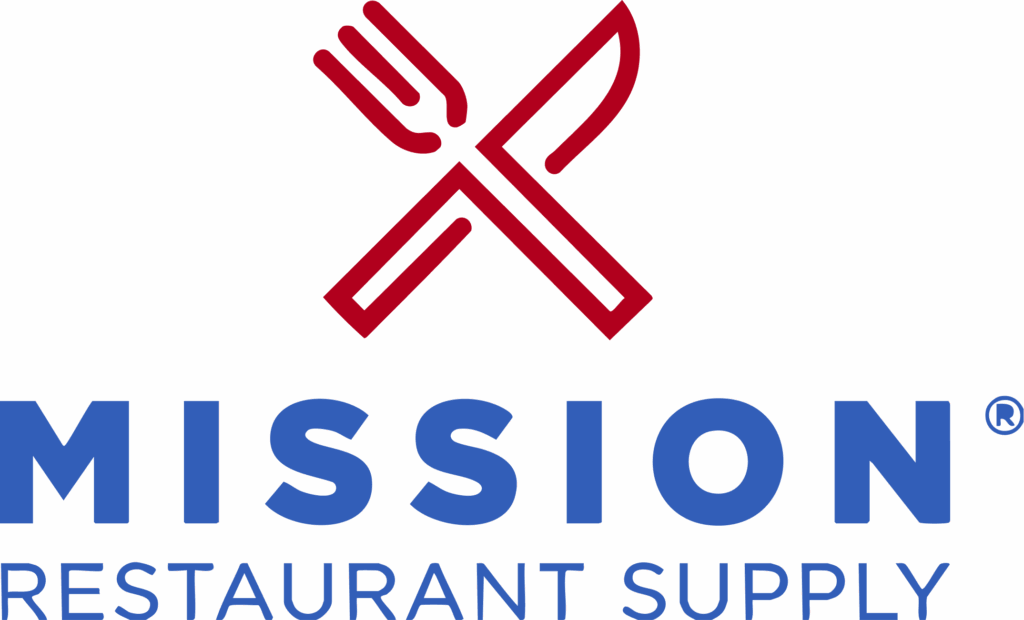Your menu might be flawless. Your ingredients might be fresh, local, and hand-picked. But if your kitchen isn’t designed to support your workflow, you’ll feel it—and so will your guests. Commercial kitchen design isn’t just about maximizing square footage. It’s about minimizing chaos. Let’s dig into what separates a good kitchen layout from a great one—and how to get it right from the start.
The Real Cost of Poor Design
Kitchen bottlenecks don’t just slow down service—they cost money. Inefficient back-of-house layouts can cut throughput by as much as 20%. That means fewer tickets, lower revenue, and frustrated teams.
Poor commercial kitchen design often shows up in subtle ways:
- Too many steps between the fryer and the pass
- Dish drop zones that conflict with expo lines
- Storage that’s either too far away—or too much in the way
- Prep stations squeezed into impossible corners
- HVAC systems that overheat the line or compromise food safety
Sound familiar?
These aren’t just annoyances. They’re problems with real impact—and they’re often avoidable with thoughtful planning.
What Makes Commercial Kitchen Design “Smart”?
1. Workflow Comes First
Every kitchen has a rhythm. The design should support it—not interrupt it.
Before you talk equipment, you need to map the movement of your team during prep, service, and cleanup. We often walk clients through this with simple questions:
- What dishes are your anchors?
- How many people are on the line during peak hours?
- Where does the ticket start—and where does the plate finish?
A solid commercial kitchen design anticipates that movement and builds for efficiency. Clean in, cook out. Simple as that.
2. Equipment Placement Isn’t Just About Fit
Just because it fits doesn’t mean it belongs there. A combi oven across from a prep sink might “work,” but will it work well during Saturday dinner rush?
This is where an experienced restaurant supply partner makes a real difference. The right team won’t just drop off equipment. They’ll help you place it strategically to maximize output and minimize friction.
3. Ventilation, Utilities, and Code Are Part of Design—Not Afterthoughts
We’ve seen too many clients come to us mid-project with ductwork dilemmas and waterline regrets.
Smart commercial kitchen design includes:
- Ventilation layout
- Plumbing/electrical integration
- Fire suppression zones
- ADA considerations
- Local health and safety code requirements
If your designer isn’t talking about these from day one, it’s time to find someone who will.
Budgeting for Design? Here’s What to Expect.
Design doesn’t have to break the bank—but it does need to be prioritized early.
Here’s what typically goes into a commercial kitchen design estimate:
- CAD drawings and layout revisions
- Equipment specification and planning
- Coordination with your GC or architect
- Fabrication needs (custom stainless, counters, etc.)
- Site visits and measurement verifications
- Utility mapping and install planning
At Mission Restaurant Supply, we walk our clients through each of these line items to make sure there are no surprises. We believe clarity now saves cost later.
Who Should Be Involved in the Design Process?
Short answer: everyone who’s affected.
This often includes:
- The operator or GM (you)
- The head chef or kitchen manager
- Your contractor or GC
- Your restaurant supply partner
- Any architects or interior designers
- Your local inspector, sooner than later!
We believe good commercial kitchen design happens when all voices are heard—especially the ones working the line.
Why Mission?
We’re not just here to spec out equipment. We’re here to help you open on time, operate with ease, and scale with confidence.
Our in-house team handles layout design, fabrication, installation, and full project management so nothing falls through the cracks. From the start, our designers work closely with you to understand your kitchen’s flow, your team’s needs, and your operational goals. We create detailed layouts and CAD drawings that factor in code compliance, equipment clearances, utility access, and real-world movement. It’s one team, under one roof, guiding your project from first sketch to final install so your space performs as good as it looks on paper.
Ready to Start Sketching?
Whether you’re planning your first space or remodeling your third, we’re here to help you do it smarter—not harder. From Idea to Install—We’ve Got You Covered.Connect with our design team and see how smart kitchen planning pays off.
